Yes,there's somewhat of a confusion with terms:"Set" can be used as a general term for any Set-,or Struck tool;but also (as in this case) for a tool that is used to Set the steel Down in an abrupt,localised manner.
The difference would be that the Set-hammer's face is small and concentrated,limited in it's area in order to transfer the impact of the blow.
Conversely,a flatter is extended into a wide flange covering a large area,that's so that the impact gradually lessens and dissipates toward the edges,it is that which allows the "flatting" blows to blend together to create a continuous surface,or the edges will mar the work.
(i'm not an expert either....the more time one puts in at the anvil the less of an expert one becomes.....


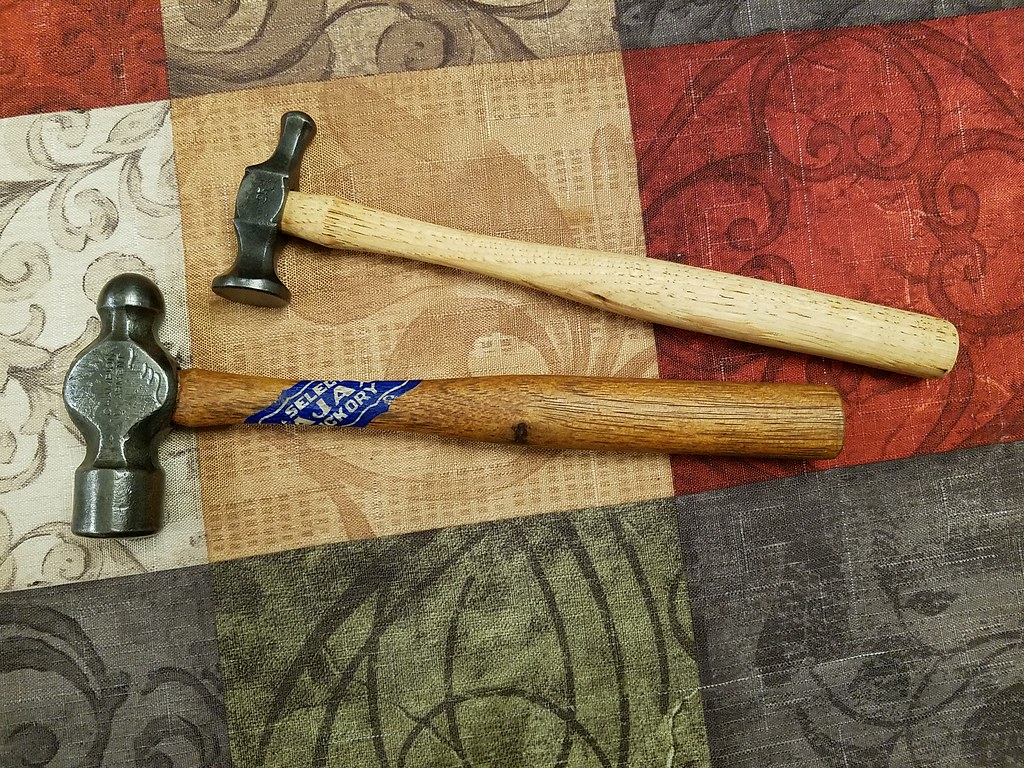 IMG_20180304_175236
IMG_20180304_175236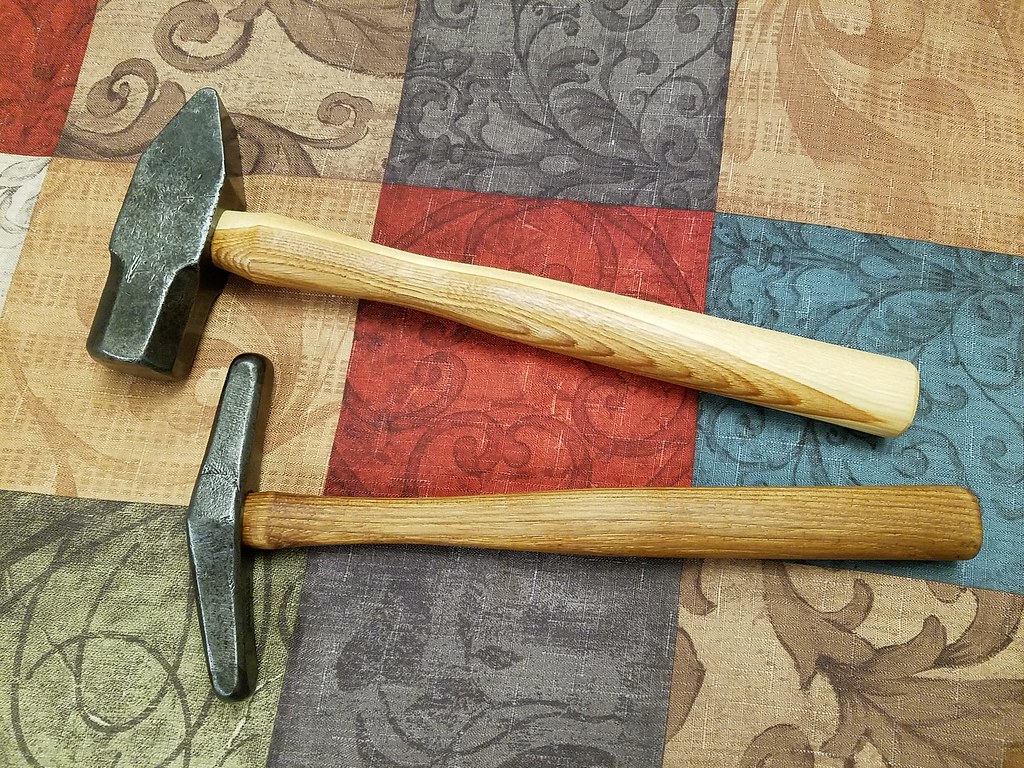 IMG_20180305_215351
IMG_20180305_215351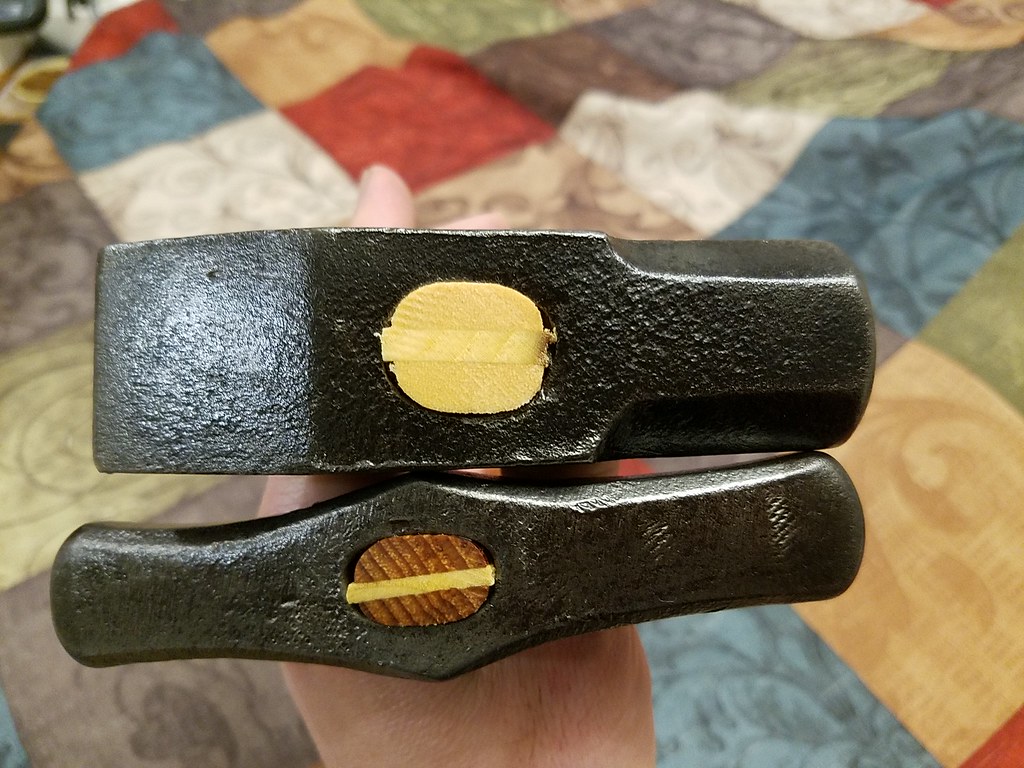 IMG_20180305_215412
IMG_20180305_215412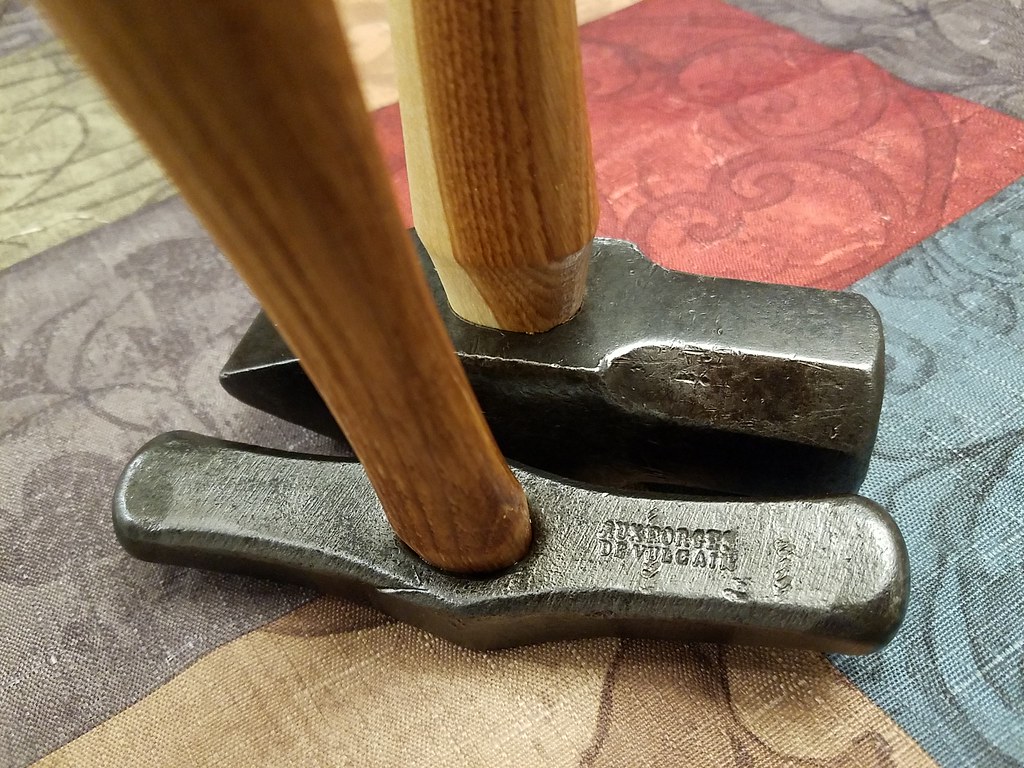 IMG_20180305_215441
IMG_20180305_215441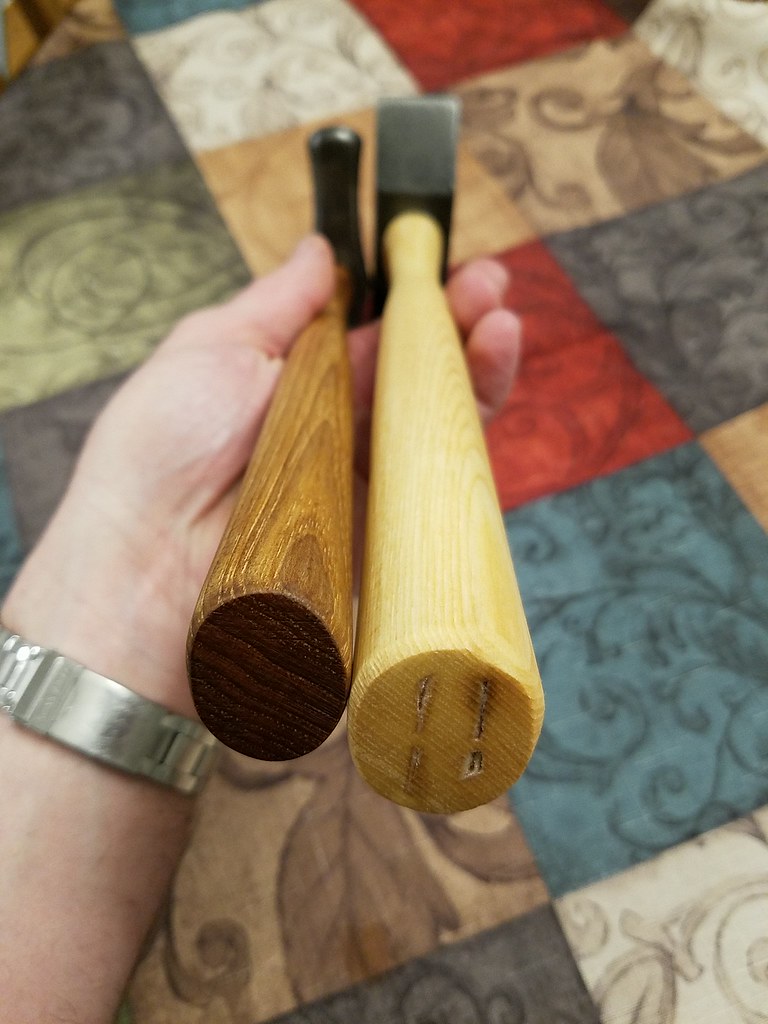 IMG_20180305_215500
IMG_20180305_215500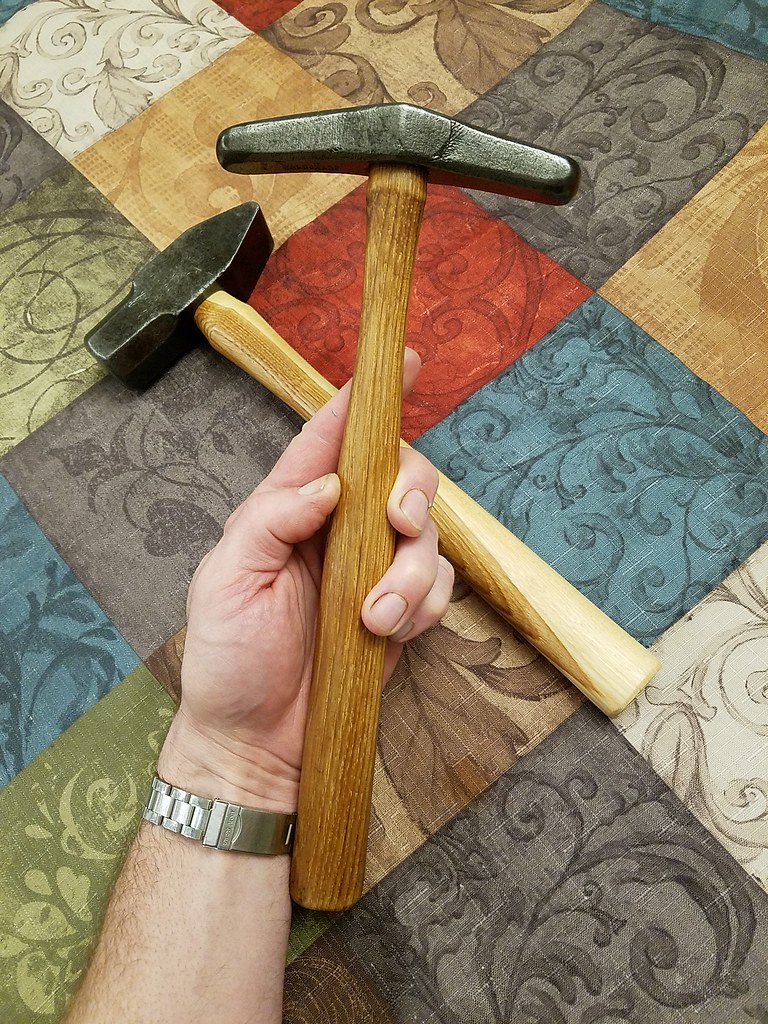 IMG_20180305_215531
IMG_20180305_215531

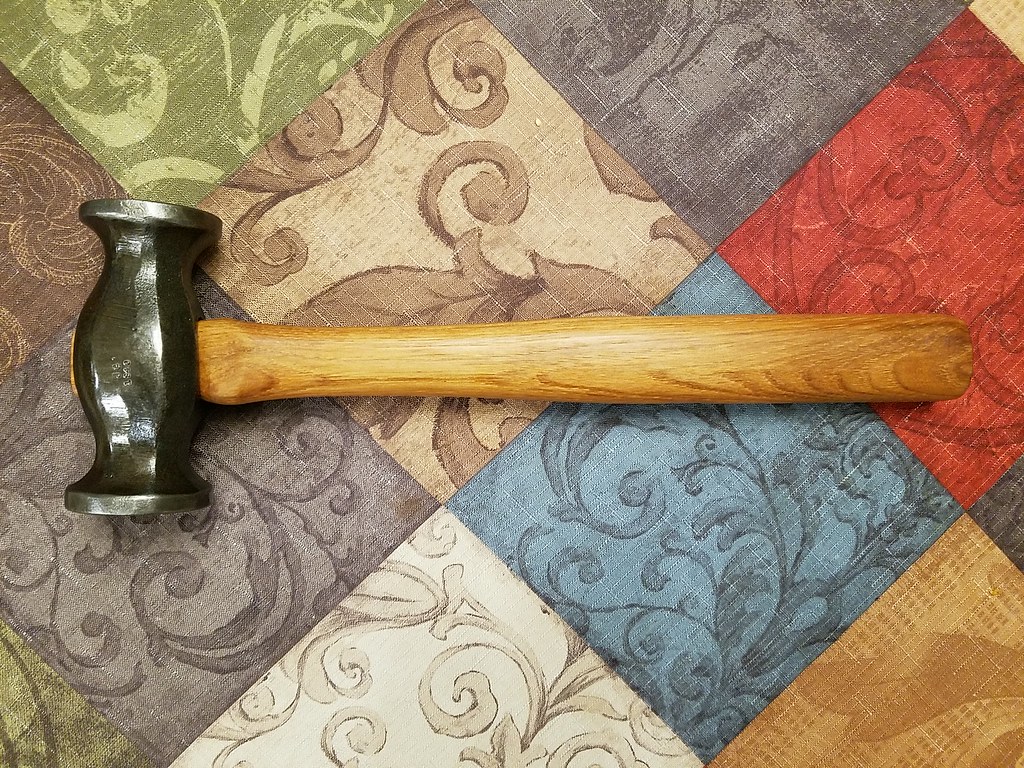 IMG_20180307_223243
IMG_20180307_223243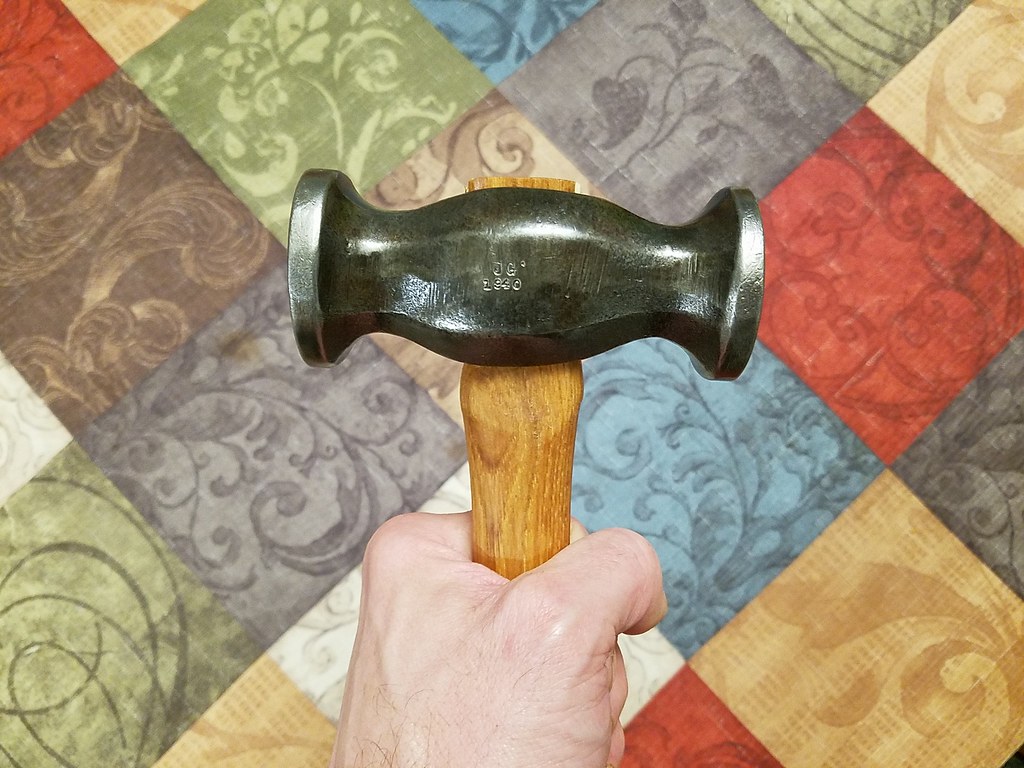 IMG_20180307_223257
IMG_20180307_223257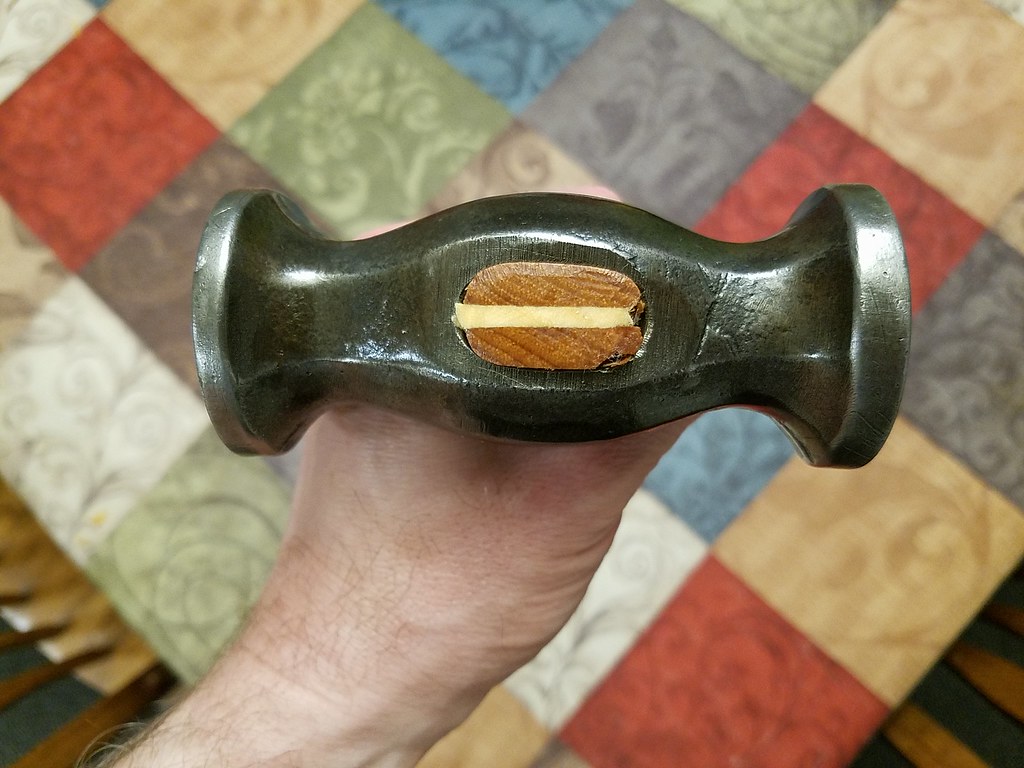 IMG_20180307_223311
IMG_20180307_223311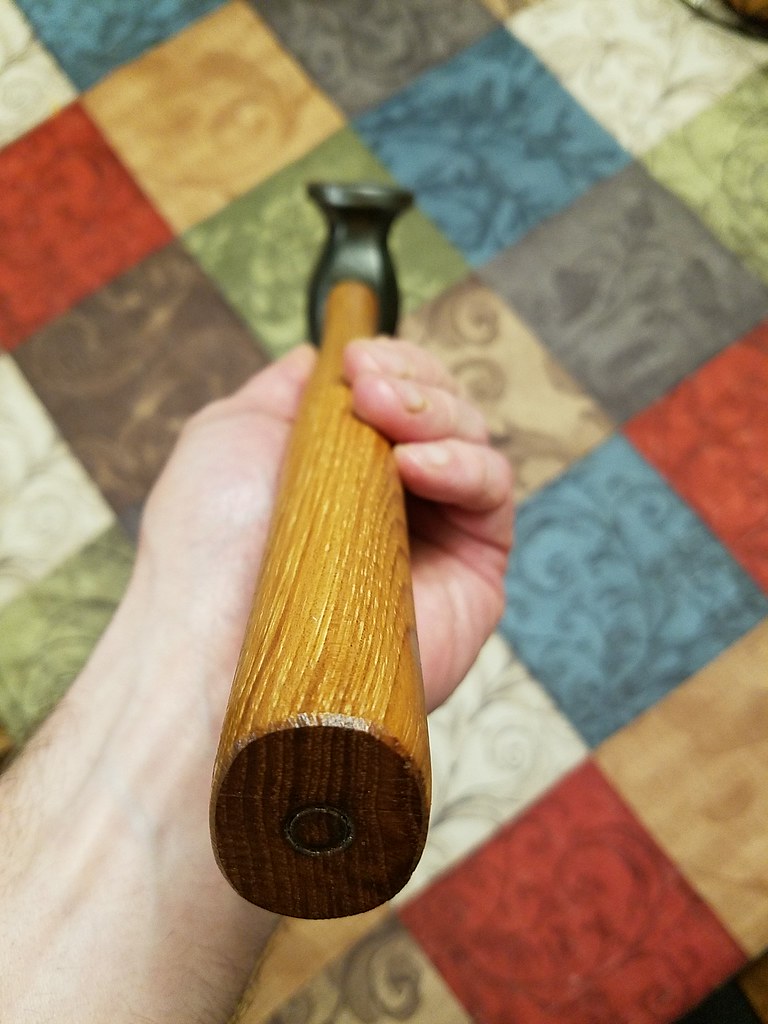 IMG_20180307_223319
IMG_20180307_223319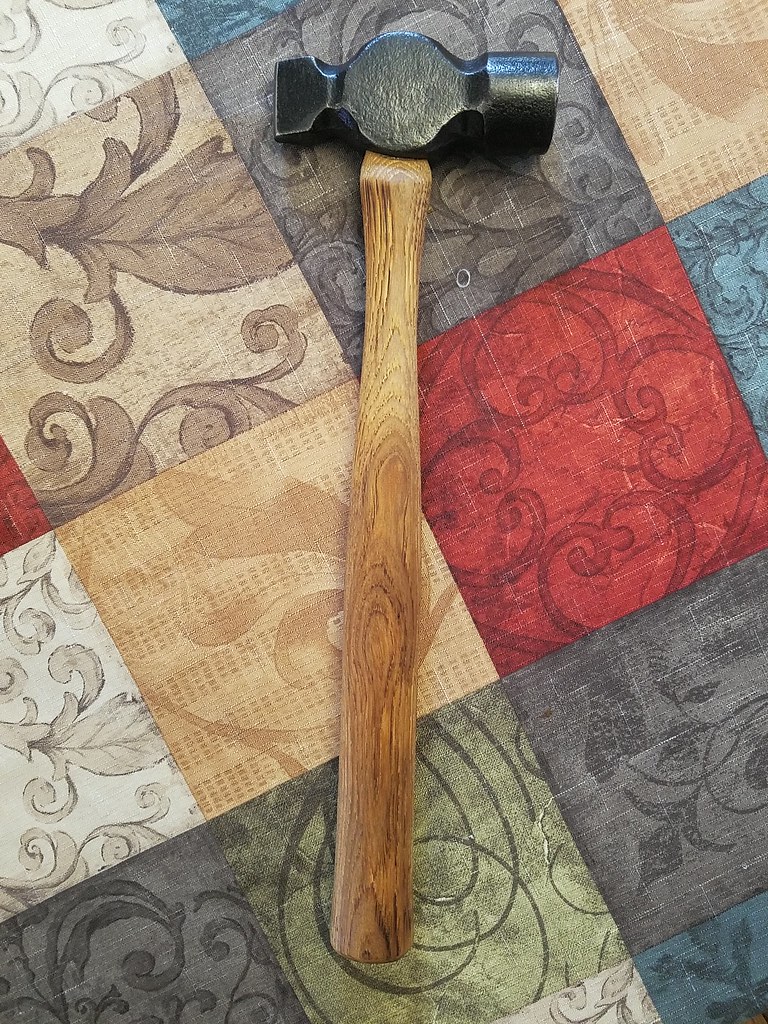 IMG_20180311_105210
IMG_20180311_105210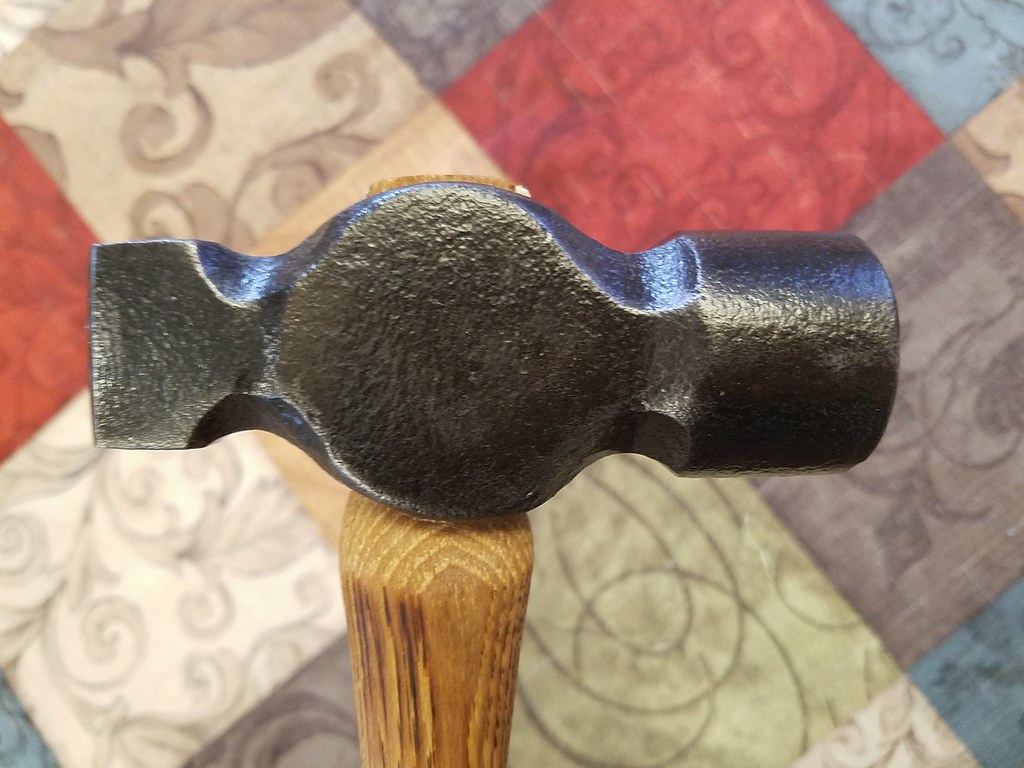 IMG_20180311_105302
IMG_20180311_105302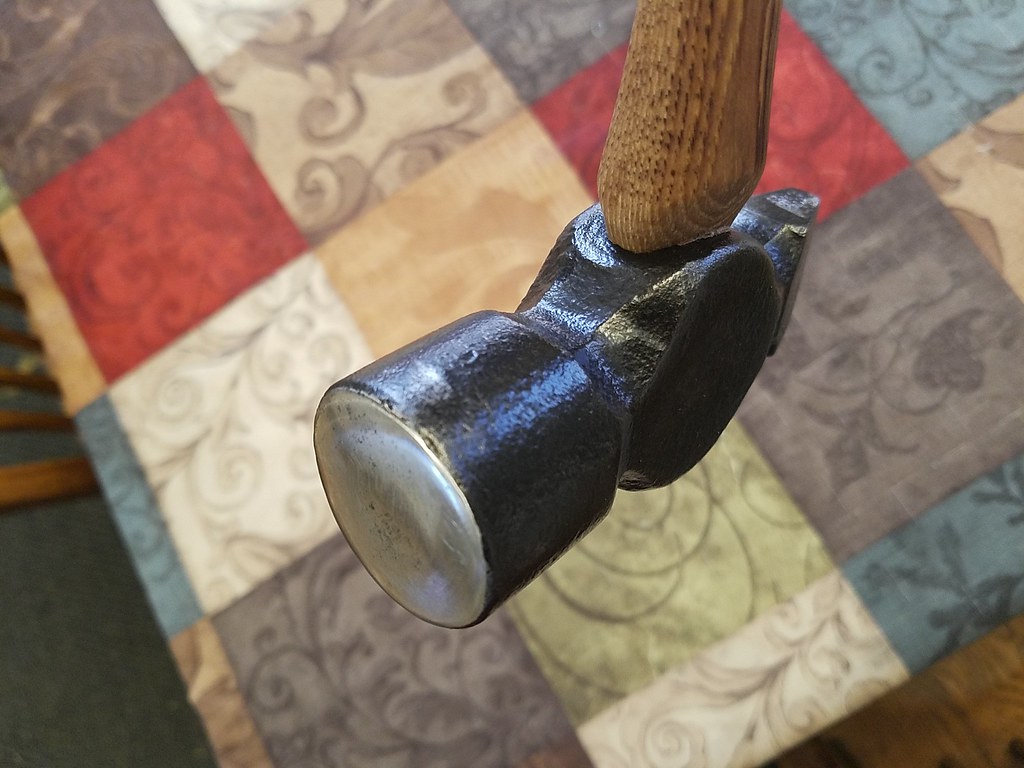 IMG_20180311_105310
IMG_20180311_105310 IMG_20180311_105317
IMG_20180311_105317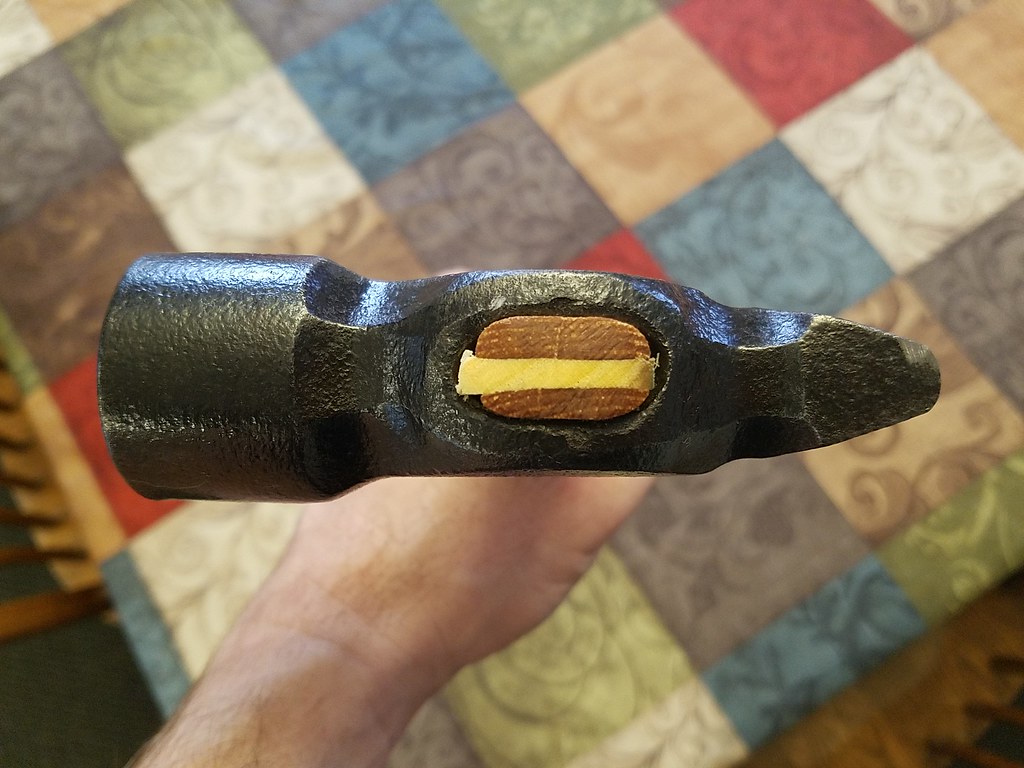 IMG_20180311_105223
IMG_20180311_105223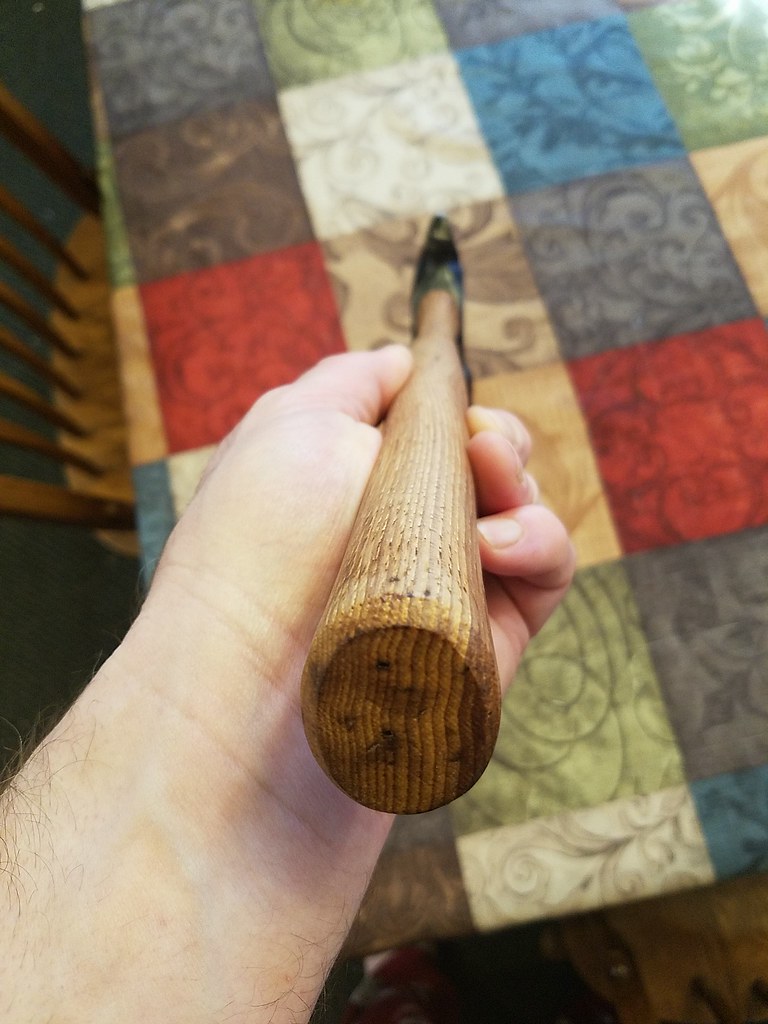 IMG_20180311_105239
IMG_20180311_105239